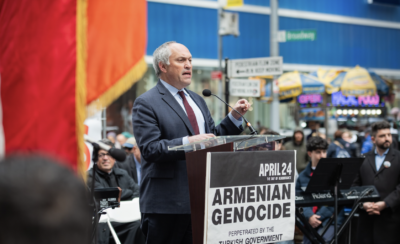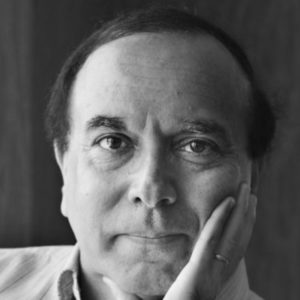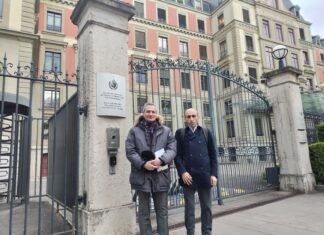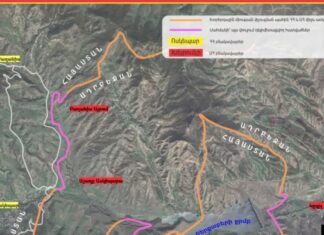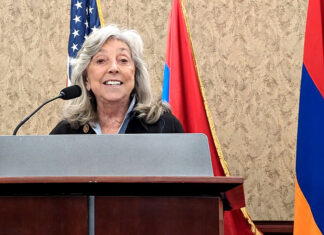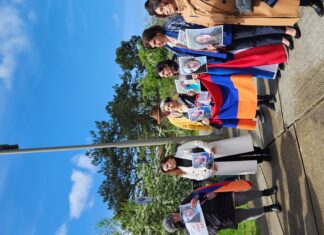By Raffi Bedrosyan
Recently the Turkish government opened a website where Turkish citizens can look up their ancestral roots until mid-1850s. There are hundreds of stories in printed and social media that this caused disappointment and shock among several Turks who discovered that instead of coming from purely Turkish origins, they had Albanian, Arabic, Pontic Greek, and worst of all, Armenian roots. There are even reports that some members of an ultra-nationalistic and racist Turkish party were ostracized, thrown out of the party, went into depression and even committed suicide upon finding Armenian roots.
Whether these stories are true or not, the subject of one’s roots is deadly and critical in Turkey. The late Hrant Dink was persecuted, prosecuted for “insulting Turkishness” and eventually assassinated after revealing that Ataturk’s adopted daughter and first female military pilot in Turkey, Sabiha Gokcen, was in fact an Armenian girl orphaned during the 1915 genocide. A former president of Turkey had sued an opposition member of parliament for “accusing and insulting” him by stating that “he came from an Armenian family in Kayseri.” And yet, in a country where calling someone Armenian is the biggest insult, there are numerous documented and undocumented stories about prominent Turks having Armenian roots, including a past president, another former president’s wife, and several opposition politicians. In one of the documented stories, the family of a past opposition leader who is an ultra-nationalistic Turk, is an Armenian convert to Islam from a family in the Black sea region, whose Armenian descendants now live in Canada.
When this official genealogy website was opened, I immediately wondered how our hidden Armenians’ roots were recorded. A quick survey revealed that absolutely none of them were recorded as Armenian. Their family history started only with their adopted Muslim Turkish names. Although there is past evidence that the government keeps detailed records of converted Armenians among Turks and Kurds, these records are not made public and are not revealed in this new website. Interestingly, it became evident that many Armenians killed, lost and deported during the 1915 genocide are still shown as “Alive” in the website. Many Armenian families who knew the tragic 1915 fate of their grandmothers or grandfathers, born all the way back in 1850s, are now finding out that these people are still miraculously alive, according to the doctored records of the website.
I wish to relate two interesting — and little known — stories about roots.
An Armenian wealthy family lives in a village of Malatya in the 1880s. The region is terrorized and harassed by Kurdish tribesmen who regularly raid the villages. Armenians have started organizing defense forces by banding together fedayis, to protect the Armenian villages. An Armenian fedayi leader approaches the head of this wealthy Armenian family and asks for money to buy weapons and horses. The wealthy Armenian states he will decide in two days whether to comply with this request or not. At the end of two days, the fedayi returns, the wealthy Armenian refuses to give any money, and the fedayi promptly shoots the man. The widow of the killed Armenian flees with her newborn son to Izmir, where she converts to Islam and raises the boy with complete hatred of Armenians. The boy grows up to be Ismet Inonu (1884-1973), the second president of Turkey after Kemal Ataturk. He is perhaps the worst enemy of the Armenians and other minorities in Turkey, after the Ittihadist leaders. He brought a legislation called Wealth Tax in 1942, ostensibly to help Turkey cope with the war economy, but with the real aim of ruining the minorities. The taxes were assessed based on ethnic origin, 5 percent from Turks, 156 percent from Greeks, 179 percent from Greeks and 232 percent from Armenians. The payment deadline was 15 days and anyone who couldn’t pay was arrested and sent to the eastern provinces to work as laborers in stone quarries, building roads or tunnels. This was in effect a wealth transfer from the minorities to the Turks. Many Armenians, after selling all their assets at dirt cheap prices, went bankrupt and still couldn’t raise the required amounts and ended up going to the labor camps and died there. In 1964, Inonu took further revenge on Greeks when he deported 45,000 Greeks with dual Greek and Turkish citizenship during the Cyprus crisis. These people were given 10 days to leave behind all their properties, assets and belongings to leave the country with the allowed $20 and 20 kilograms (45 lbs) of possessions within 10 days. The story of Ismet Inonu’s Armenian roots was corroborated by prominent historian Prof. Pars Tuglaci (Parsegh Tuglaciyan) (1933-2016), a family friend of Inonu.
